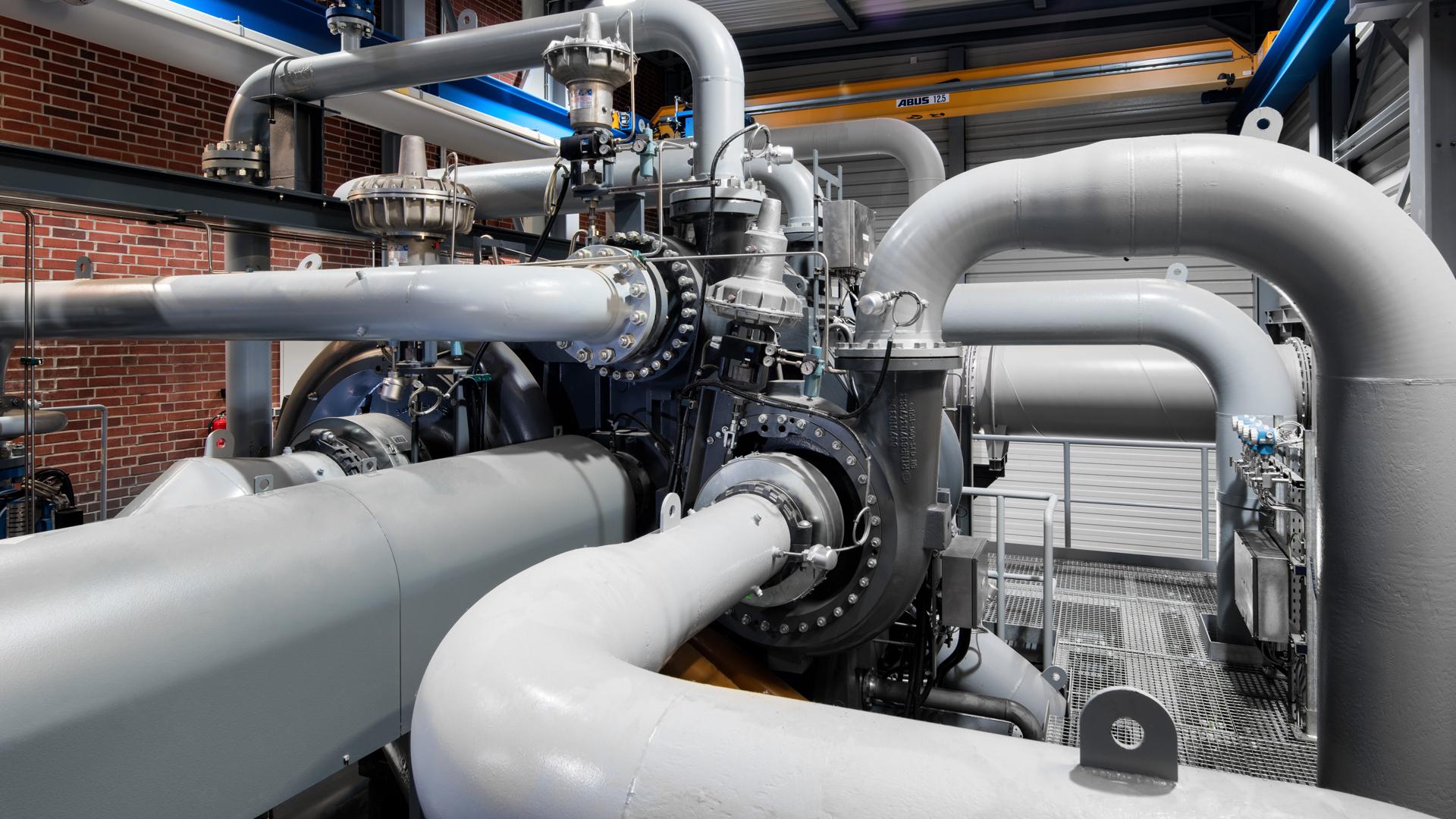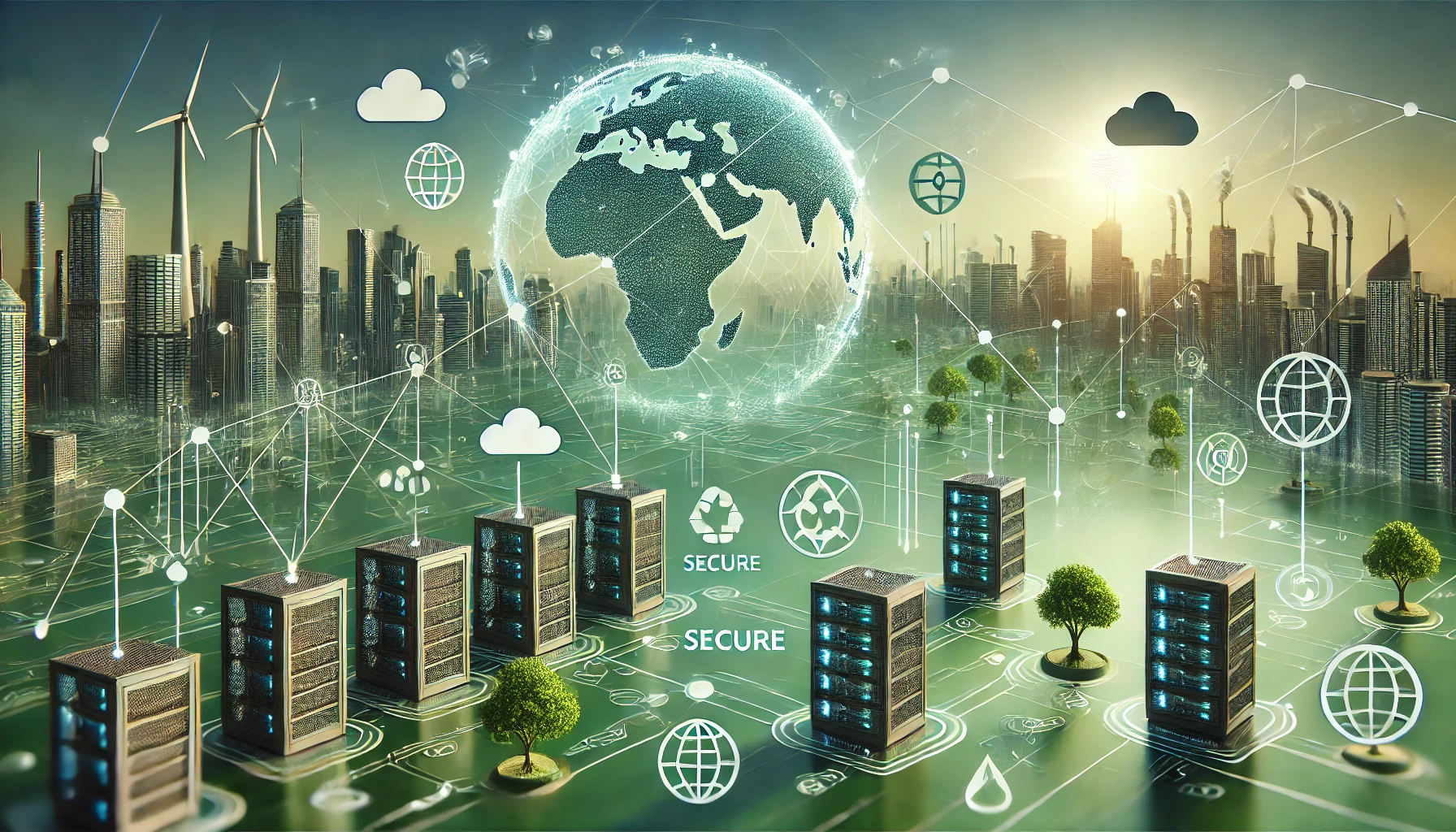Compressed Air Based Transportation System
Blog Credit: Trupti Thakur
Image Courtesy: Google
The Indian Institute of Technology (IIT) Kanpur has developed an energy-efficient compressed air-based pipeline system for transporting coal and minerals, offering round-the-clock monitoring with considerable savings in time and costs. This compressed air-based mineral transport system. The project was presented at the Global Investors Summit, in 2023. It received good feedback for its less material loss, reduced air pollution, and efficiency to reduce travel time to a great extent. The main objective of the system is to transport coal and slurry.
The cargo-based hyperloop system, developed by Professor Bishakh Bhattacharya and research scientists Kanhaiya Lal Chaurasia and Yashasvi Sinha at the Department of Mechanical Engineering, will address challenges such as material loss, uncertainty in delivery time, and air pollution.
An energy-efficient pipeline system for evacuating coal, which accounts for almost 75 percent of India’s power consumption, will not only save transportation time, but also reduce dust pollution at the mining sites and loading points.
Developed at IIT Kanpur’s Smart Materials, Structures, and Systems (SMSS) Lab, the system has already undergone a successful demonstration at the recent UP Global Investors Summit 2023 and has received positive feedback from experts in the field.
Working of the system
It is a high-speed transportation system. It is designed to carry coal and other minerals. There are three essential elements in the system. They are tubes, terminals, and pods. Tubes in the system are sealed and controlled pressure is maintained in the tubes. Pods carrying the goods levitate in the tubes. Levitation is achieved through magnetism.
The delivery rate of the system is 5.6 tonnes per minute per kilometre and it consumes 107 KW. The diameter of the pipe is 40 inches.
Hyperloop
About the transport system
It is a hyperloop system and can reach speeds of 120 km per hour. The hyperloop accommodates storage wagons, guiding rails, wheel assembly system, and enables seamless mineral transportation.
The system is designed to transport coal or slurry from one point to another with compressed air as its energy source. The robot travels at around 120 km an hour and can transport the loaded block to the designated receiving or unloading sub-section continuously, IIT Kanpur said in a statement.
This will be a continuous process and there could be more than one robotic vehicle operating in series depending on the workload and requirement. Even parallel pipeline loops can increase transportation efficiency significantly, it added.
Each module of the vehicle is connected to the adjacent modules through a ball and socket joint. This provides connectivity as well as maneuverability to the system which enables the robot to pass through complex bends present in the pipeline network.
Saving time and costs
IIT Kanpur Director Abhay Karandikar said “With its dual advantage of reduced energy consumption and simultaneous pipeline monitoring, this technology will greatly improve production and productivity from underground and open-cast mining. The reduced number of trucks and railway wagons will also reduce the pressure on congested freight-carrying tracks and roadways.”
The system also has an accurate, reliable, and continuous vehicle/robot positioning system. To achieve such positioning performance in extended GPS-denied environments such as tunnels or pipelines, the system deploys a hybrid multi-sensor fusion strategy for wagon positioning in pipelines.
The system consumes around 107 kilowatts (KW) of power with a delivery rate of 5.6 tones per minute per km corresponding to a pipe of just 40 inches.
Elon Musk and Hyper Loop
SpaceX CEO Elon Musk started building the hyperloop project. However, he stopped in the middle, as the cost of implementation increased exponentially.
Blog By: Trupti Thakur

20
FebRecent Blog
The Open Weight Language ModelApr 03, 2025
Asia Cup 2025Apr 02, 2025
The CrocodilusApr 01, 2025
SARATHIMar 31, 2025
PM WANIMar 28, 2025




